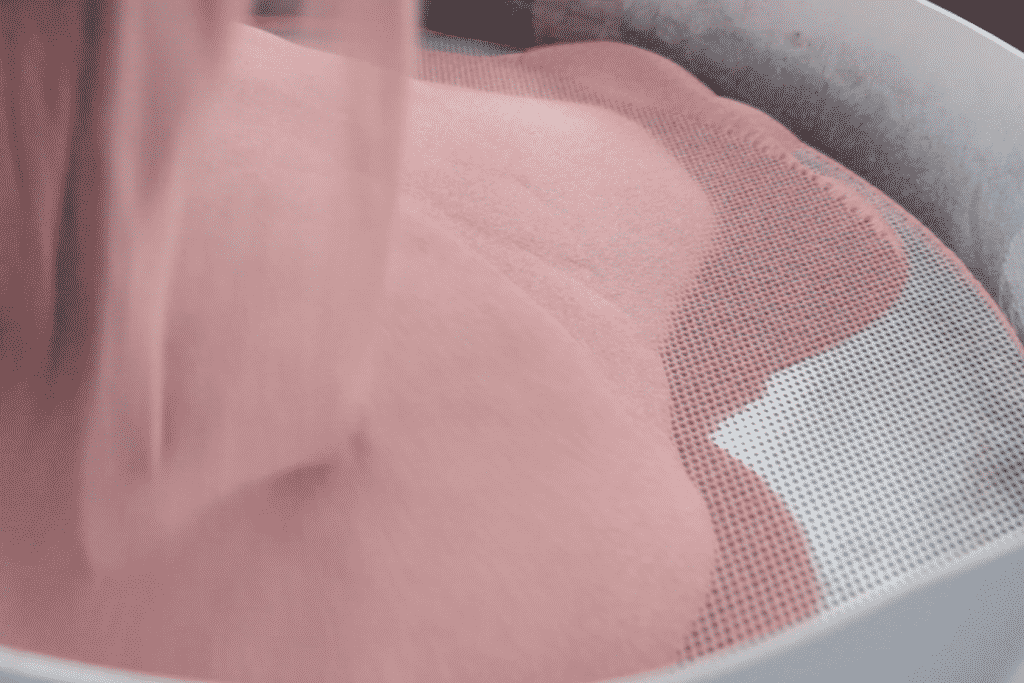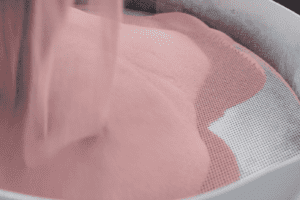As you might be well aware, few cutting machines are as adaptable or as versatile as a waterjet cutter. If the material you are working can be cut easily, say with a knife, then a water solution alone will be more than enough for your cutting needs.
But for harder, more durable materials, such as metals or ceramics, the introduction of an abrasive grit is needed. If it was that simple, then all would be well, the problem is, it isn’t. There are different abrasives, or grit sizes, and each is designed to be introduced to the jet to ensure the cut is as clean and accurate as possible.
Garnet is the most popular of the abrasives as it provides the hardness needed for the cleanest most accurate cuts, even in intricate patterns and 3D designs. It comes in different grit sizes and the decision on which to use, based on what materials and designs you are cutting, is an essential one to get right, larger grits and smaller ones produce very different results.
Abrasives or grits are measured in sizes called Mesh grades, although this isn’t an accurate gauge of individual particle size, it is an accurate guide to the size distribution generally. Below are three main mesh grades that you might find on the UK market:
- 50-60 mesh, the largest particle distribution, and generally the cheapest to purchase, tends to be for rougher applications and cuts faster than finer gauges
- 80 mesh is the common standard, best suited to the majority of general projects
- 120 mesh the smallest grit size, and generally the costliest, containing the finest particles for the finest cut and cleanest finish
So now we know the grit sizes we can start to understand the different choices and their suitability for various tasks, and avoid issues such as damaged components, clogged nozzles and poor finishes.
While grit size will not be solely responsible for the quality of your work (nozzle size, pressure settings and orifices must all be taken into account too) the mesh you choose can have an impact, don’t expect a smooth clean finish with 50-60 mesh, and similarly, don’t expect the fastest cuts with the finest abrasives, it’s all about balance, and choosing the right grit size for the job at hand.
If you have any questions about abrasives or waterjet cutting in general, get in touch with us, we would be delighted to help.
Published 15th September 2018


